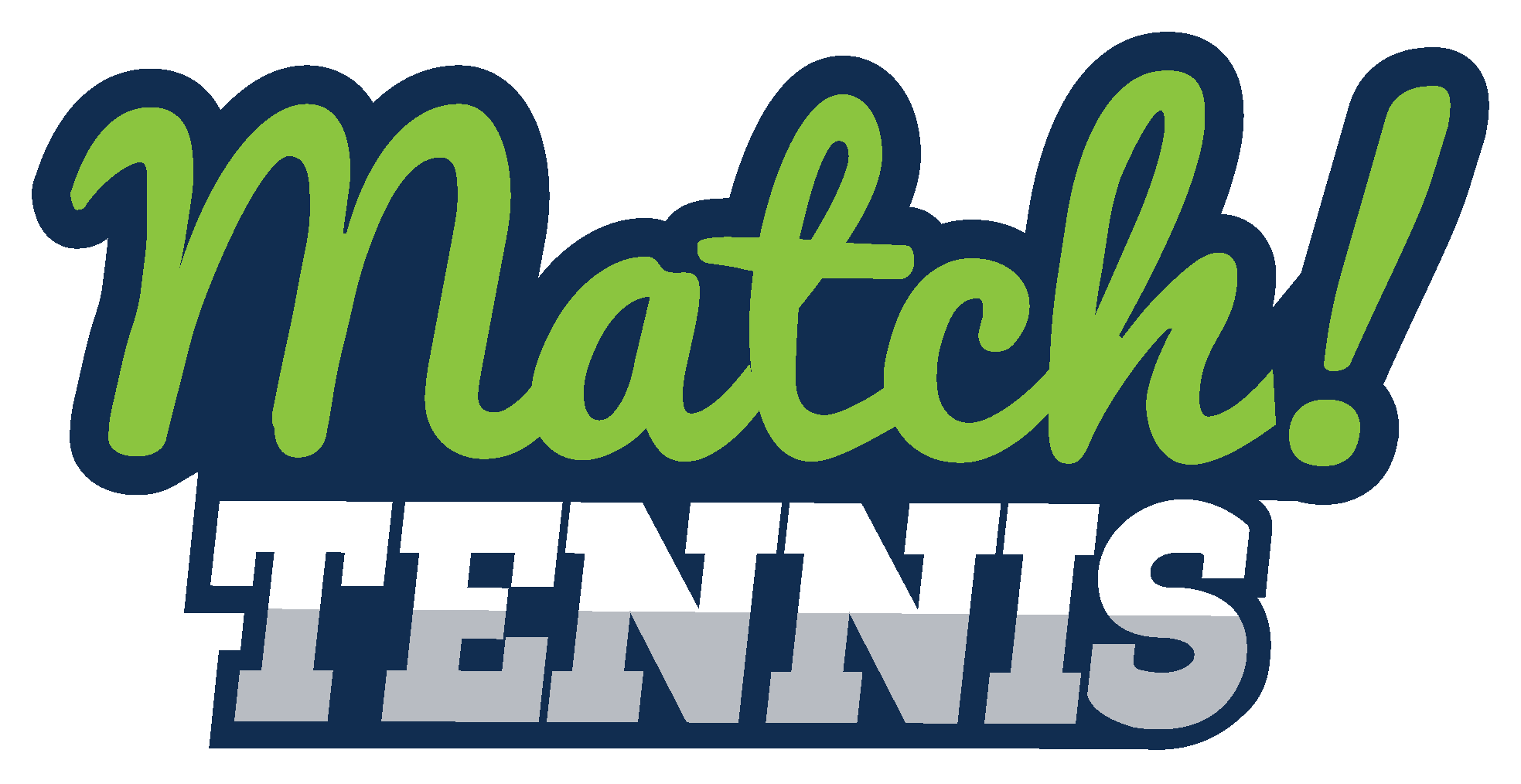Explore the condensed version of the 26 page USTA Junior Playbook—a treasure trove of wisdom crafted to assist parents in their quest to comprehend and navigate the thrilling world of junior tennis, straight from the perspective of the esteemed USTA.
This document is built on the foundations of discovering fun, developing play, and playing your way. It provides a wealth of information and guidance on how to support your child’s journey in tennis. This article will delve deeper into the key aspects of the playbook and how it can be beneficial for tennis parents.
The USTA Junior Pathway
- The USTA Junior Pathway is a roadmap for young tennis players.
- It provides a structured progression for kids to follow as they grow and develop in the sport.
- The pathway includes information on competition trends, research, task force, and digital evolution.
- It’s designed to help parents understand the landscape of junior tennis and how their child can progress through different stages of development.
Philosophy and Net Generation
- The philosophy of the USTA Junior Playbook is centered around the Net Generation.
- The Net Generation is all about making tennis accessible and fun for kids of all ages and skill levels.
- The playbook emphasizes the importance of creating a positive and enjoyable environment for kids to learn and play tennis.
USTA’s American Development Model
- The USTA’s American Development Model (ADM) is a key component of the Junior Playbook.
- The ADM is a framework for long-term athlete development, which is based on principles of physical literacy and age-appropriate training.
- The ADM provides guidelines for parents and coaches on how to train and develop young tennis players in a way that promotes their overall growth and well-being.
Safe Play
- The safety of young athletes is a top priority for the USTA.
- The Junior Playbook includes a section on safe play, which outlines the USTA’s policies and procedures for ensuring the safety and well-being of junior players.
- This includes guidelines on physical safety, as well as emotional and psychological safety.
Rating and Rankings
- The Junior Playbook discusses the integration of rating and rankings and the ITF World Tennis Number.
- These systems are used to track a player’s progress and performance in the sport.
- Understanding these systems can help parents support their child’s development and competitive journey in tennis.
What Success Looks Like
- Finally, the Junior Playbook provides a vision of what success looks like in junior tennis.
- This includes not only competitive success but also personal growth and development.
- The USTA believes that success in tennis is about more than just winning matches; it’s about developing a lifelong love for the sport, learning valuable life skills, and growing as a person.
Conclusion
In conclusion, the USTA Junior Playbook is a valuable resource for tennis parents. It provides a wealth of information and guidance on how to support your child’s journey in tennis. Whether your child is just starting out or is already competing at a high level, the Junior Playbook can help you navigate the world of junior tennis and ensure your child has a positive and rewarding experience in the sport.
For more information, you can access the full USTA Junior Playbook here.
